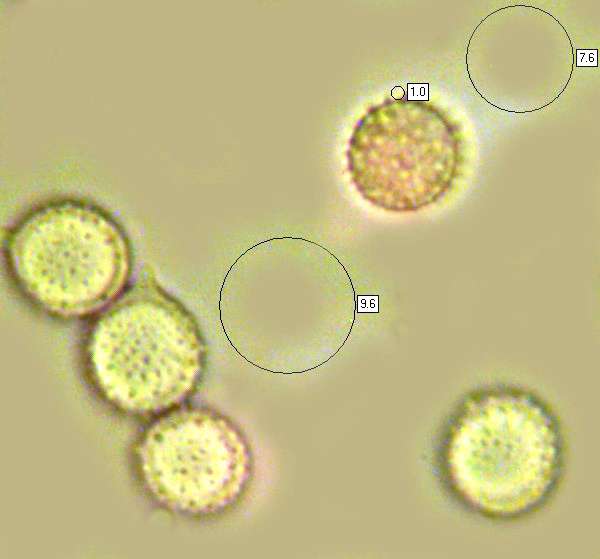Laccaria fraterna (Sacc.) Pegler - Gumtree Deceiver
Phylum: Basidiomycota - Class: Agaricomycetes - Order: Agaricales - Family: Hydnangiaceae
Distribution - Taxonomic History - Etymology - Identification - Culinary Notes - Reference Sources
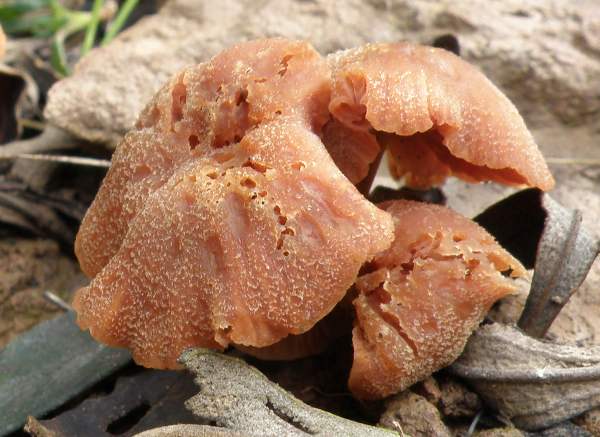
Laccaria fraterna is distinguished from the more common Deceiver Laccaria laccata by its much redder cap and its association with eucalyptus (and in some countries occasionally with accacia trees).
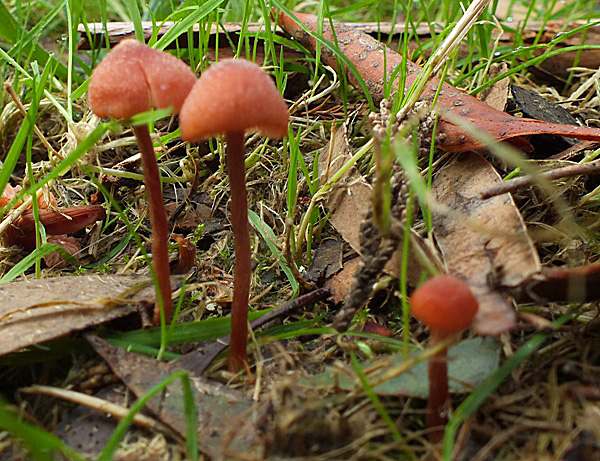
Distribution
Originating from the southern hemisphere, the Gumtree Deceiver reached Europe and North America with imported exotic trees, particularly eucalyptus. It was first recorded in Britain in 1997. This mycorrhizal mushroom seems to be becoming increasingly common throughout southern Britain and Ireland wherever eucalyptus plantations occur; it is also found throughout much of mainland Europe and is particularly common in Mediterranean countries (where there are vast pantations of fast-growing eucalyptus). Laccaria fraterna is recorded in many parts of North America, again most often under eucalyptus trees.
All Laccaria species are ectomycorrhizal fungi, forming symbiotic relationships with forest trees or ericaceous plants and supplying them with nutrients vital to vigorous growth. Genetic research into members of the little-understood family Hydnangiaceae is throwing new light on the complexities of these root-fungus relationships.
Taxonomic history
Described scientifically in 1887 by British mycologists Mordecai Cubitt Cooke and George Edward Massee (1845-1917), the Gumtree Deceiver was initially placed in the genus Agaricus and given the name Agaricus fraternus. Its currently-accepted scientific name Laccaria fraterna dates from a 1965 publication by British mycologiast David Pegler (b. 1938).
Synonyms of Laccaria fraterna include Agaricus fraternus Cooke & Massee and Naucoria fraterna Sacc.
Etymology
The generic name Laccaria translates to 'lacquer' (shiny paint) - not that all deceivers are shiny, although most do have a lacquered look when young and fresh! The specific epithet fraterna means 'brotherly, or pertaining to a brother'. This may be because apart from its redder coloration the Gumtree Deceiver bears a brotherly similarity to Laccaria laccata, which is the type species of this genus.
Identification guide
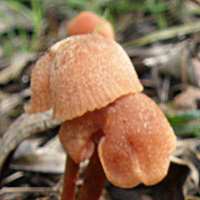 |
CapRed-brown, fading to orange-buff with age or in very dry weather; smooth or very finely hairy, 1-4cm; initially conical or convex, eventually flattening, sometimes with a shallow central depression; margin usually lined at least to some degree. Stem3 to 5mm in diameter and 2.5 to 7cm tall, the tough fibrous stems are parallel, longitudinally lined with pale fibrils, and coloured as the cap or slightly darker. Stem base covered in white matted mycelium. |
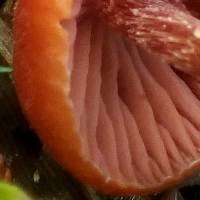 |
GillsThe pinkish-orange (when young) gills are widely spaced and interspersed with shorter gills; the attachment to the stem is adnexed or adnate. Basidia 2-spored. |
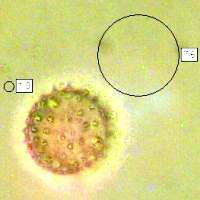 |
SporesEllipsoidal, 8.5-11 x 7-9.5μm; ornamented with spines typically 0.5 to 1μm tall. Spore printWhite. |
Odour/taste |
Odour faintly earthy but not distinctive; taste mild but unpleasant. |
Habitat & Ecological role |
Mycorrhizal, most often under eucalyptus trees; occasionally found under accacia trees.. |
Season |
June to November in Britain and Ireland. |
Similar species |
Laccaria laccata has a paler cap; however, to separate Laccaria species with confidence requires microscopic examination of the spores and other features. Laccaria amethystina is a violet coloured member of the same genus; once it has dried out it becomes pale buff and virtually indistinguishable from dry specimens of Laccaria fraterna, Laccaria bicolor is distinguished by its stem, which has a lilac base and a tawny upper section. Laccaria tortilis is a tiny deceiver with a contorted cap. Like Laccaria fraterna it has two-spored basidia, whereas most other Laccaria species found in Britain and Ireland have four-spored basidia. |
Culinary Notes
We have no edibility information relating specifically to the Gumtree Deceiver as found in Britain and Ireland, but one author reports that specimens from mainland Europe are 'mediocre to worthless'.
Many of the other Deceiver species are considered edible, but it takes rather a lot of them to make a good meal. The stems of all Laccaria fungi are tough and inedible, and so only the caps are worth gathering for food. Although perhaps not one of Mother Nature's finest offerings the caps are very good when fried, tasting rather like shop-bought button mushrooms (Agaricus bisporus).
Reference Sources
Fascinated by Fungi, 2nd Edition, Pat O'Reilly 2016, reprinted by Coch-y-bonddu Books in 2022.
Dictionary of the Fungi; Paul M. Kirk, Paul F. Cannon, David W. Minter and J. A. Stalpers; CABI, 2008
Taxonomic history and synonym information on these pages is drawn from many sources but in particular from the British Mycological Society's GB Checklist of Fungi.
Fascinated by Fungi. Back by popular demand, Pat O'Reilly's best-selling 450-page hardback book is available now. The latest second edition was republished with a sparkling new cover design in September 2022 by Coch-y-Bonddu Books. Full details and copies are available from the publisher's online bookshop...
